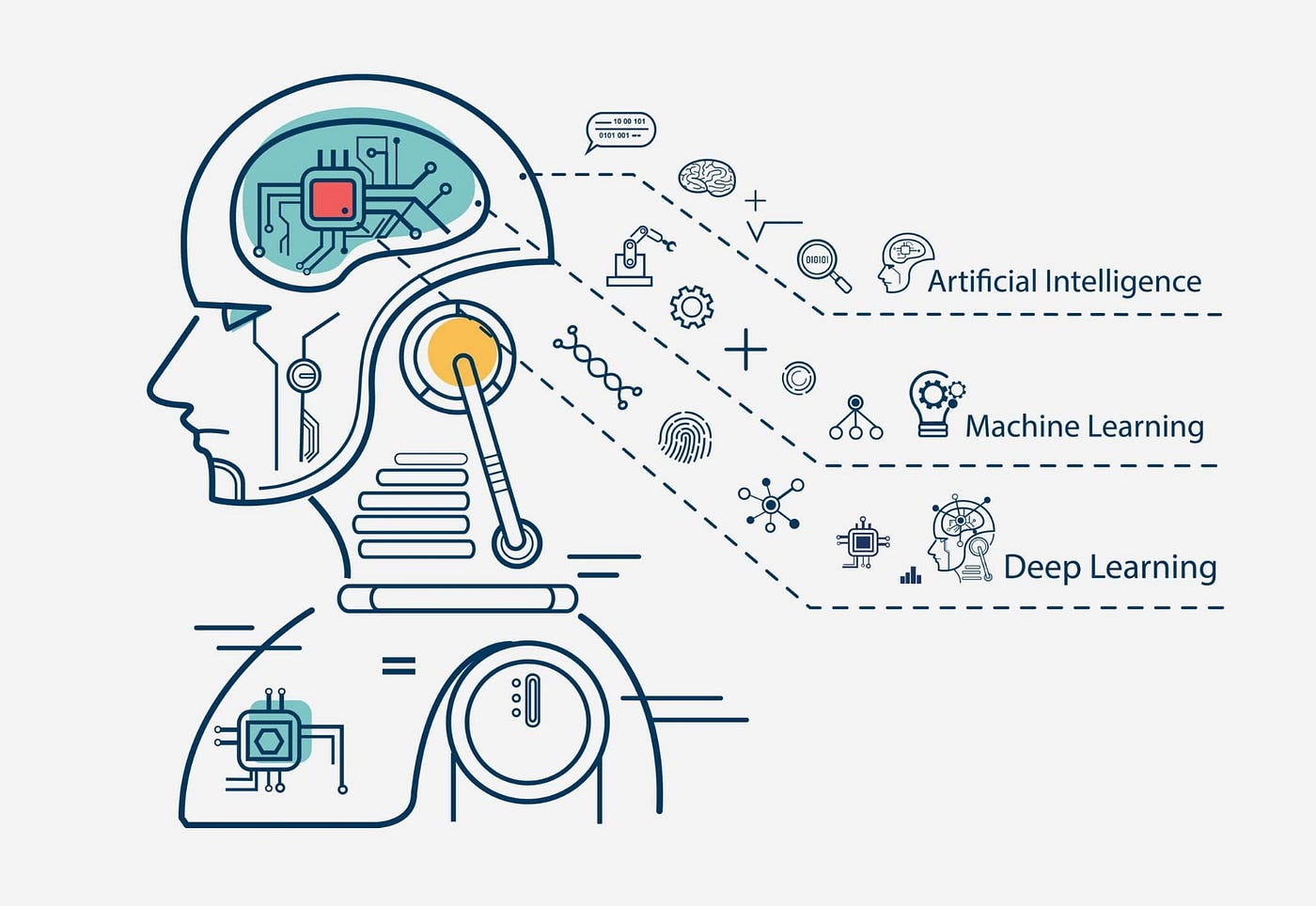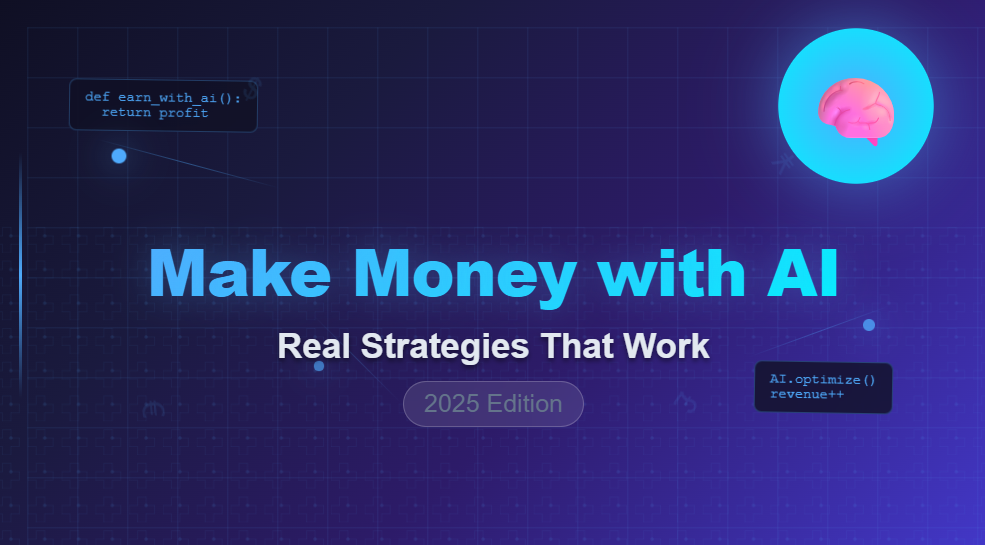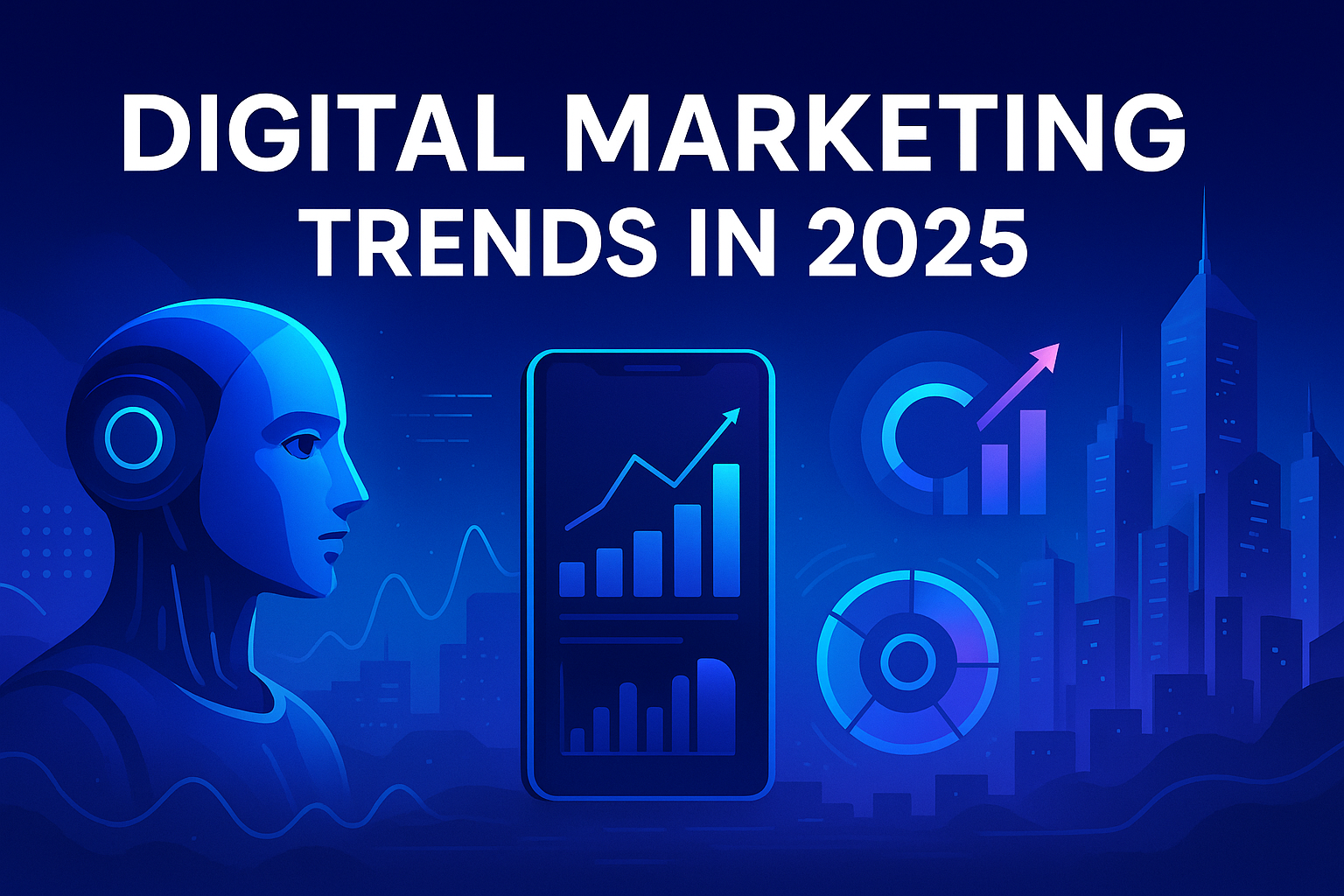Confused about whether to pursue Data Science or Data Analytics? You’re not alone. At Maximum Learning, we’ve helped thousands of Indian professionals navigate this exact decision. Let’s clear up the confusion and help you find your perfect data career path.

If you’ve been scrolling through job portals like Naukri.com or LinkedIn, you’ve probably noticed something frustrating: job titles that seem to blend together, requirements that overlap, and salary ranges that make you scratch your head. “Data Scientist wanted with analytics experience,” one post says. “Data Analyst with machine learning skills,” reads another.
We get it. The data world can feel like a maze when you’re trying to figure out your next career move. That’s why we’re here to break it down in simple terms that actually make sense.
The Real Difference (Finally Explained Simply)
Let’s cut through the jargon. Here’s what these roles actually do:
Data Analytics is like being a detective for your business. You dig through past data to understand what happened and why. Think of it as answering questions like “Why did our app downloads drop last month?” or “Which cities are buying the most of our products?”
Data Science is like being a fortune teller with math superpowers. You use data to predict what might happen tomorrow and build systems that can make decisions automatically. It’s answering questions like “Which customers might cancel their subscriptions next month?” or “How should we price our new product to maximize profits?”
Why This Matters for Your Career Right Now
India’s data revolution is happening right now. Companies are desperately looking for people who can make sense of their data mountains. The numbers don’t lie:
- The Indian data analytics market hit ₹25.2 trillion in 2023 and is expected to triple by 2032
- TCS, Infosys, and Wipro are planning to hire over 1 million people this year, with many roles in data
- Both entry-level and experienced data professionals are seeing salary jumps of 20-40% year-over-year
But here’s the thing: knowing which path to choose can make or break your career trajectory. Choose the wrong one, and you might find yourself struggling with tasks that don’t match your strengths. Choose the right one, and you’ll love going to work every day.
The Day-to-Day Reality: What You’ll Actually Be Doing
If You Choose Data Analytics
Your typical day might look like this:
- Morning: Check dashboards to see how yesterday’s sales performed
- Mid-morning: Write SQL queries to pull customer data for the marketing team
- Afternoon: Create charts in Tableau showing which products are trending
- Late afternoon: Present findings to the sales manager about why conversion rates dropped in Mumbai
Tools you’ll live with: Excel (yes, still very important!), SQL, Tableau or Power BI, and basic Python for simple calculations.
The satisfaction factor: You’ll love this if you enjoy solving business puzzles and seeing immediate impact from your work. When you discover that customers abandon their carts because of shipping costs, and the company fixes it, you’ll see sales increase next week.
If You Choose Data Science
Your typical day might look like this:
- Morning: Check if your machine learning model is still predicting customer behavior accurately
- Mid-morning: Clean and prepare new data for training an improved recommendation algorithm
- Afternoon: Code and test a new model to detect fraudulent transactions
- Late afternoon: Work with software engineers to deploy your model to the company’s app
Tools you’ll master: Python libraries (pandas, scikit-learn, TensorFlow), cloud platforms (AWS, Azure), version control systems (Git), and statistical modeling tools.
The satisfaction factor: You’ll thrive if you love building things that work automatically. When your recommendation system helps an e-commerce site increase revenue by 15%, you’ll feel like a digital architect.

Let’s Talk Money: What You Can Actually Earn
We know this is probably what you scrolled down to find. Here’s the real salary picture in India for 2025:
Data Analytics Salaries
- Fresh out of college: ₹4-6 lakhs per year (companies like TCS, Wipro, Cognizant)
- 2-3 years experience: ₹7-9 lakhs per year
- 5+ years experience: ₹12-18 lakhs per year
- Team lead/manager level: ₹20-30 lakhs per year
Data Science Salaries
- Fresh graduate: ₹6-10 lakhs per year (higher starting point due to technical complexity)
- 2-3 years experience: ₹10-15 lakhs per year
- 5+ years experience: ₹18-25 lakhs per year
- Senior data scientist: ₹25-40 lakhs per year
Reality check: These numbers vary widely based on your city (Bangalore and Pune typically pay 20-30% more), company size (startups vs. MNCs), and specific skills. Python expertise can add ₹2-3 lakhs to your package, while cloud platform knowledge can add even more.
Your Career Path: What Growth Actually Looks Like
The Analytics Journey
Year 1-2: Junior Analyst → Learn the business, master SQL, create basic reports Year 3-5: Senior Analyst → Lead projects, mentor juniors, specialize in specific business areas Year 6+: Analytics Manager → Manage teams, set data strategy, work directly with C-level executives
Alternative paths: Business Intelligence Developer, Product Analyst, Marketing Analytics Specialist
The Data Science Journey
Year 1-3: Junior Data Scientist → Build models, learn the tech stack, work under senior guidance Year 4-6: Senior Data Scientist → Own end-to-end projects, mentor team members, research new techniques Year 7+: Principal Data Scientist/Head of Data Science → Set technical vision, lead teams, drive company AI strategy
Alternative paths: Machine Learning Engineer, AI Research Scientist, Data Engineering Lead
The Skills Roadmap: What to Learn and When
For Data Analytics (6-9 month timeline)
Months 1-2: Foundation
- Excel advanced functions and pivot tables
- Basic statistics (mean, median, correlation)
- Understanding business metrics (conversion rates, customer lifetime value)
Months 3-4: Technical Skills
- SQL (start with basic queries, progress to joins and complex analysis)
- One visualization tool (we recommend Tableau for beginners)
Months 5-6: Real-World Application
- Build 2-3 portfolio projects using public datasets
- Practice presenting findings clearly
- Learn basic Python (optional but increasingly valuable)
Job-ready checkpoint: Can you analyze a dataset, find meaningful insights, and present them clearly? If yes, start applying!
For Data Science (12-18 month timeline)
Months 1-4: Programming Foundation
- Python programming (data types, loops, functions)
- Pandas for data manipulation
- Basic statistics and probability
Months 5-8: Machine Learning Basics
- Supervised learning (linear regression, decision trees)
- Unsupervised learning (clustering, dimensionality reduction)
- Model evaluation and validation techniques
Months 9-12: Advanced Topics
- Deep learning basics with TensorFlow or PyTorch
- Time series analysis
- Natural language processing or computer vision (choose one)
Months 13-18: Specialization and Portfolio
- Choose a specialization area (NLP, computer vision, recommendation systems)
- Build 3-5 comprehensive projects
- Learn model deployment and MLOps basics
Real Success Stories from Maximum Learning Alumni
Priya’s Analytics Journey: Started as a commerce graduate with zero technical background. After our 6-month analytics program, she landed a Business Analyst role at Flipkart with ₹8.5 LPA. Two years later, she’s leading analytics for their fashion category.
Rahul’s Data Science Pivot: Was a mechanical engineer earning ₹6 LPA. Completed our comprehensive data science program and joined Ola as a Data Scientist at ₹14 LPA. Now he’s building predictive models for ride demand forecasting.
Anita’s Career Switch: Left her HR job at 28 to pursue analytics. Started with basic Excel and SQL, now she’s a Senior Marketing Analyst at Swiggy, using data to optimize delivery routes and customer targeting.
Industry Spotlight: Where the Jobs Actually Are
IT Services (Easiest Entry Point)
Companies like TCS, Infosys, and Wipro hire thousands of freshers annually. They provide structured training programs and clear career progression. Starting salaries are moderate but growth is predictable.
E-commerce (Highest Growth Potential)
Flipkart, Amazon India, and Myntra offer exciting projects with massive data volumes. Higher starting salaries but more competitive entry requirements.
Financial Services (Best Work-Life Balance)
Banks like HDFC, ICICI, and fintech companies like Paytm offer stable careers with good compensation. They particularly value analytics professionals for risk assessment and customer insights.
Startups (Most Learning Opportunities)
Smaller companies offer diverse experience where you’ll wear multiple hats. Lower initial salaries but rapid skill development and potential for equity upside.
The Honest Truth: Which Path Should You Choose?
Choose Data Analytics If You:
- Enjoy solving business problems more than building technical systems
- Want to see immediate impact from your work
- Prefer working with stakeholders and presenting findings
- Want to enter the data field relatively quickly (6-9 months)
- Like the idea of becoming a business expert in your industry
Choose Data Science If You:
- Love programming and building automated solutions
- Are fascinated by predicting future outcomes
- Don’t mind spending significant time debugging code
- Want to work on cutting-edge technology
- Are willing to invest 12-18 months in intensive learning
Still Unsure? Start with Analytics
Many successful data scientists began their careers in analytics. It’s a great way to understand business context, develop domain expertise, and then transition into more technical roles if desired.
Your Action Plan: Getting Started This Month
Week 1: Self-Assessment
- Take our free skills assessment quiz (available on Maximum Learning’s website)
- Research 10 job postings in your target field
- Connect with 3 professionals on LinkedIn in each field
Week 2: Skill Building
- Analytics track: Start with our Excel and SQL fundamentals course
- Data Science track: Begin with Python programming basics
- Set up your learning schedule (minimum 10 hours per week)
Week 3: Community Building
- Join relevant WhatsApp groups and Discord communities
- Attend local meetups (Bangalore Data Science, Mumbai Analytics Group)
- Start following industry experts on LinkedIn
Week 4: Portfolio Planning
- Identify 2-3 datasets you want to work with
- Choose your first project theme (customer analysis, sales forecasting, etc.)
- Set up your GitHub account and LinkedIn profile
Common Mistakes That Could Derail Your Journey
The “Shiny Object” Syndrome
Don’t try to learn every tool and technology. Master the fundamentals first. We’ve seen too many students who know a little bit of everything but can’t demonstrate deep competency in anything.
Ignoring the Business Side
Technical skills alone won’t land you the job. Understanding how your analysis impacts business decisions is crucial. Spend time learning about your target industry.
Not Building a Portfolio
Indian employers want to see practical work, not just certificates. Build projects that showcase your problem-solving process, not just the final results.
Underestimating Communication Skills
You’ll spend 40% of your time explaining your findings to others. Practice presenting complex information in simple terms.
What’s Next? The Future of Data Careers in India
The next five years will see explosive growth in:
- Real-time analytics for instant business decisions
- AI-powered automation in every industry
- Data privacy and governance specialists
- Edge computing for IoT and mobile applications
New job roles emerging:
- MLOps Engineers (₹15-25 LPA for experienced professionals)
- Data Product Managers (₹20-35 LPA)
- AI Ethics Specialists (₹12-20 LPA)
- Conversational AI Developers (₹18-30 LPA)
Your Next Step with Maximum Learning
Whether you choose analytics or data science, the key is to start with a structured learning plan and consistent practice. At Maximum Learning, we’ve designed our programs based on actual industry requirements, not academic theory.
Ready to begin your data career journey?
- Book a free career counseling session to discuss your specific situation
- Join our upcoming workshop: “Data Career Roadmap for 2025”
- Connect with our alumni community for mentorship and networking
Remember, every data expert was once a beginner. The difference between those who succeed and those who struggle isn’t talent—it’s having the right guidance and taking consistent action.
The data revolution in India is just getting started, and there’s never been a better time to join it. Whether you choose to become the business detective (analytics) or the future predictor (data science), both paths offer incredible opportunities for growth, impact, and financial success.
Your data career starts with your next decision. Which path calls to you?
At Maximum Learning, we’re committed to transforming careers through practical, industry-relevant education. Our data programs have helped over 10,000 professionals transition into successful data careers. Ready to be next?





6 Comments
Simply desire to say your article is as surprising The clearness in your post is simply excellent and i could assume you are an expert on this subject Fine with your permission let me to grab your feed to keep up to date with forthcoming post Thanks a million and please carry on the gratifying work
I’ve been following your blog for some time now, and I’m consistently blown away by the quality of your content. Your ability to tackle complex topics with ease is truly admirable.
I am not sure where youre getting your info but good topic I needs to spend some time learning much more or understanding more Thanks for magnificent info I was looking for this information for my mission
Wow wonderful blog layout How long have you been blogging for you make blogging look easy The overall look of your site is great as well as the content
I do trust all the ideas youve presented in your post They are really convincing and will definitely work Nonetheless the posts are too short for newbies May just you please lengthen them a bit from next time Thank you for the post
I just wanted to express my gratitude for the valuable insights you provide through your blog. Your expertise shines through in every word, and I’m grateful for the opportunity to learn from you.